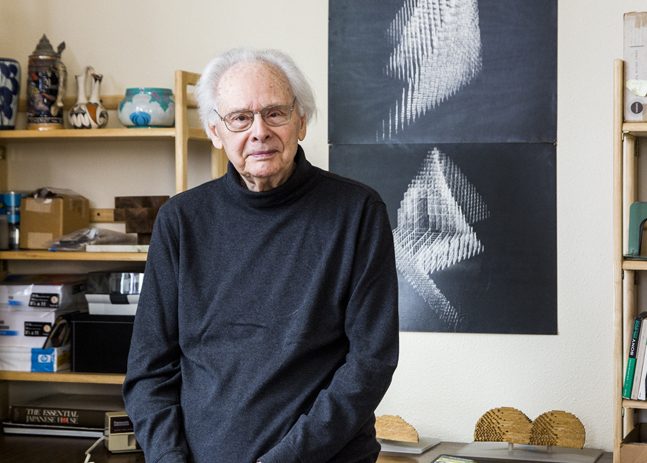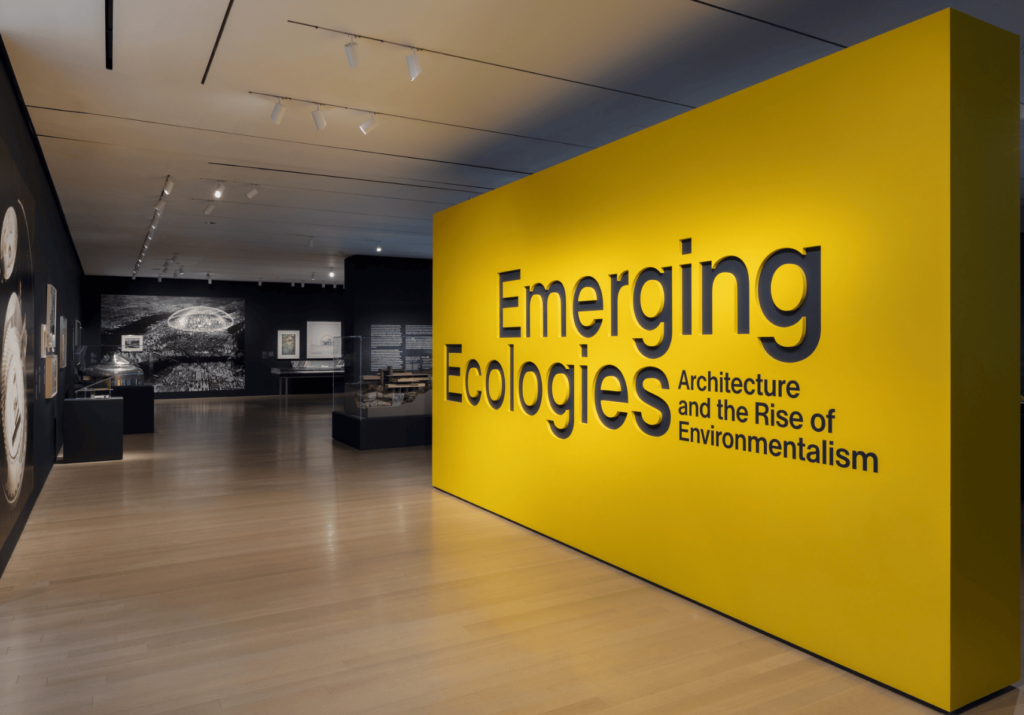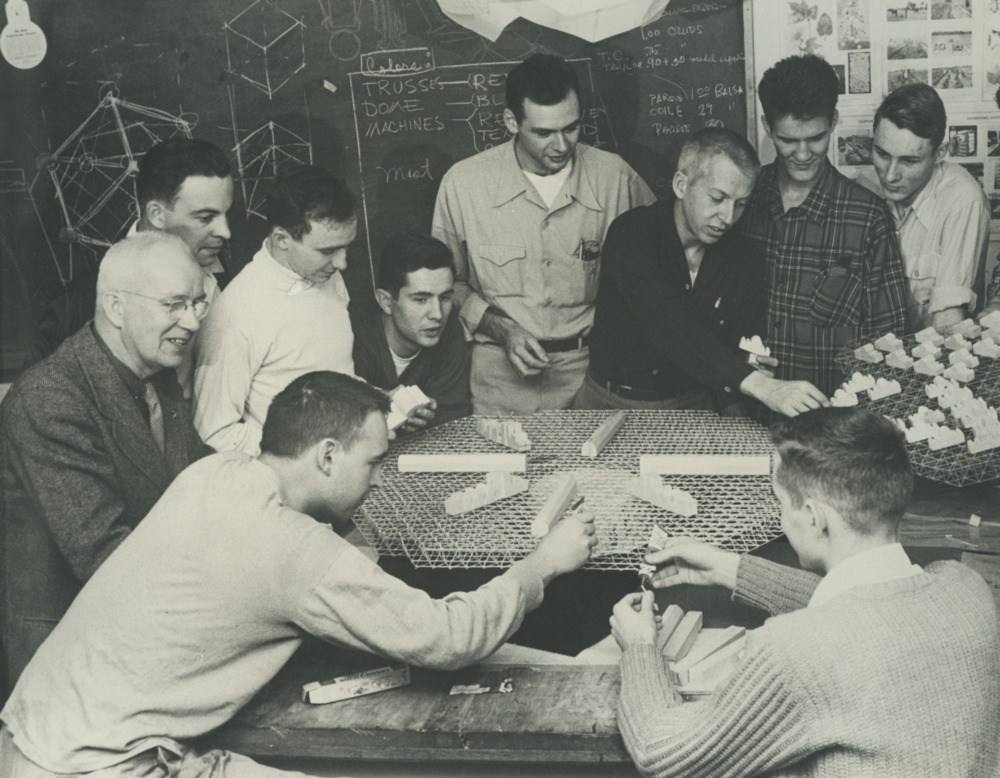Alum Featured In New Exhibition at MoMA-NYC
NC State graduate Ralph Knowles' dedication to environmentalism through architecture has helped influence dozens of works on display at the new Museum of Modern Art Exhibit, "Emerging Ecologies."

Alum Ralph Knowles, a graduate of the architecture program at NC State University and a recognized global leader in solar access, has helped inspire the very first major museum exhibition in the U.S. exploring the connection between architecture and environmental sustainability.
The exhibition, titled “Emerging Ecologies: Architecture and the Rise of Environmentalism” is housed at the Museum of Modern Art (MoMA) in New York City and displays architectural and environmental work spanning over sixty years. Many of the works on display have been directly shaped by Knowles’ contributions to the field.

Since his time at NC State, Knowles worked at the University of Southern California (USC) as a professor for over forty years, during which he proposed a revolutionary idea for environmental sustainability.
Knowles’ invention, the solar envelope, is an architectural zoning concept designed to prevent buildings from overshadowing their nearby surroundings. This mechanism ensures solar access for both adjacent buildings and properties, from a single-family lot to dense urban blocks. The solar envelope was groundbreaking in 1976 and continues to shape the design and planning of cities all over the world.

By regulating construction limits and planning architecture in harmony with the natural environment and the sun’s motion, solar access is guaranteed for everyone.
The “Emerging Ecologies” exhibit, which will be displayed through January, highlights architects who took action during the environmental crisis during the 1960s and 1970s. The catalog of the exhibition, also titled “Emerging Ecologies”, examines over 45 different contributions, including Knowles’ solar envelope, that redefined the architectural field and drew attention to ecological concerns.

Knowles’ extensive work in the field of energy conservation and contribution of the solar envelope have established him as a leader in solar access. While teaching at USC, he founded the Natural Forces Laboratory in collaboration with other influential architects and professors.
Knowles has been honored with the prestigious American Institute of Architects Medal for Research, the USC Associates Award for Teaching Excellence, the USC Distinguished Emeritus Award, and was recognized by the American Solar Energy Society as a Fellow and Passive Solar Pioneer. He was also awarded the Haecker Award for Distinguished Leadership in Architectural Research by the Architectural Research Centers Consortium for exceptional contributions and leadership in research.
Throughout his career, Knowles has written seven books and over 50 articles, several of which have won awards. He has taught and lectured at conferences at 50 schools of architecture across the country and overseas, and has consulted with both state and local governments in the US. Knowles also spent six months in Slovakia teaching at the Slovak Technical University through the Fulbright Teaching Fellowship.
During his studies in architecture as an undergrad at NC State, Knowles worked alongside other notable figures in architecture, including Buckminster Fuller, who received an honorary Doctor of Design degree from NC State in 1954. Fuller authored over 30 books and most famously popularized terms such as “Spaceship Earth”, “synergetics,”, and “Dymaxion”.

Fuller invented the geodesic dome, which balances tension forces in construction, and created an educational simulation called the “world game” which aimed to evenly distribute resources in the wake of urbanization and its resulting environmental destruction. Many of Fuller’s works are featured in the “Emerging Ecologies” MoMA exhibition.
Knowles is now retired and occasionally participates as a studio advisor and research consultant at USC, but his work will continue to resonate throughout architecture and environmental sustainability for decades.
- Categories:


